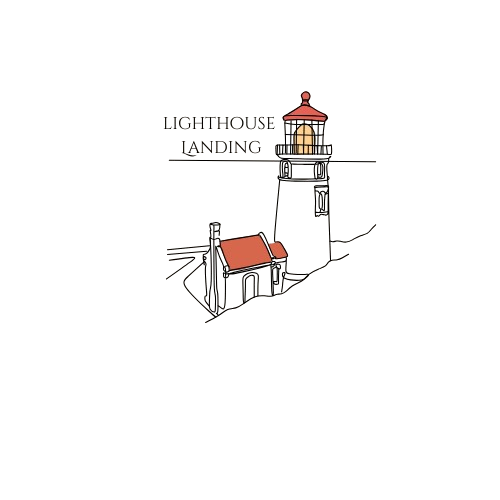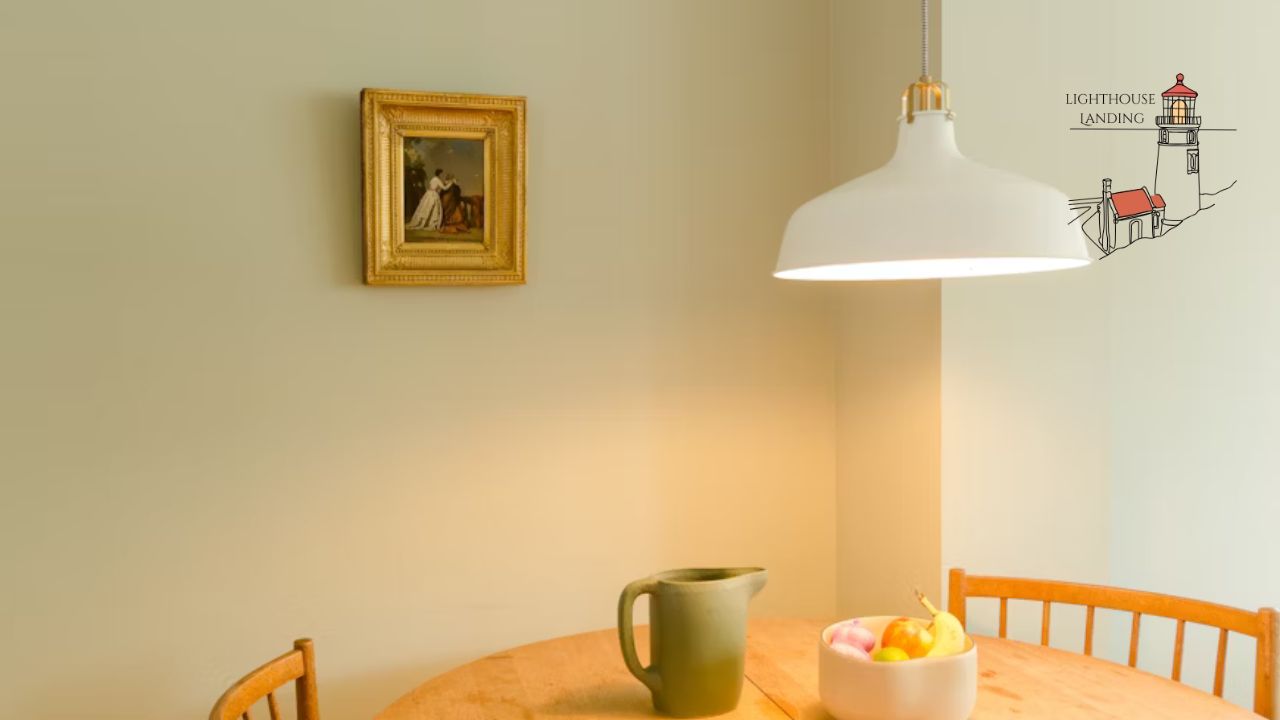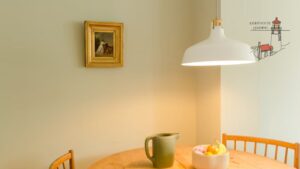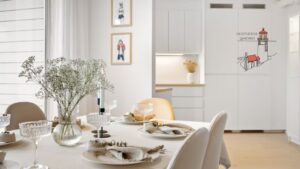Choosing the right dining room light can transform your space from ordinary to extraordinary. Whether you’re hosting intimate family dinners or entertaining guests, the perfect lighting sets the mood for memorable meals and meaningful conversations.
The dining room serves as the heart of many homes. It’s where families gather to share stories, celebrate milestones, and create lasting memories. Yet, many homeowners struggle with selecting lighting that balances functionality with style.
This comprehensive guide will illuminate every aspect of dining room lighting. You’ll discover different types of fixtures, learn how to choose the right size and style, explore popular brands with real user reviews, and avoid common pitfalls that could dim your dining experience.
Quick Reference: Dining Room Light Essentials
| Aspect | Details |
|---|---|
| Height Above Table | 30-36 inches from table surface |
| Popular Types | Chandeliers, pendant lights, recessed lighting |
| Average Cost Range | $150-$2,500+ depending on type and quality |
| Best Bulb Types | LED, dimmable options preferred |
| Room Size Factor | Fixture should be 12″ narrower than table width |
| Installation Time | 2-4 hours for most fixtures |
| Top Rated Brands | Progress Lighting, Kichler, Quoizel |
Types of Dining Room Lights: Finding Your Perfect Match
Chandeliers: The Classic Statement Piece
Chandeliers remain the most popular dining room light choice for good reason. These elegant fixtures command attention while providing ample illumination for dining activities.
Traditional crystal chandeliers create a sophisticated atmosphere. They reflect light beautifully, casting prismatic patterns across walls and ceilings. Modern homeowners increasingly choose contemporary designs with clean lines and mixed materials.
For smaller dining rooms, mini-chandeliers offer the same visual impact without overwhelming the space. These compact fixtures typically measure 17-20 inches in diameter, perfect for intimate dining areas.
Pendant Lights: Versatile and Stylish
Pendant lighting offers incredible versatility for dining spaces. Single large pendants work well over round tables, while multiple pendants create stunning visual interest over rectangular surfaces.
Glass pendants provide clean, modern appeal. They allow maximum light transmission while maintaining an airy feel. Metal pendants, particularly in brass or black finishes, add industrial or farmhouse charm depending on the design.
The beauty of pendant lighting lies in its customization options. You can adjust heights individually to create dynamic arrangements that suit your specific dining room light needs.
Recessed Lighting: Clean and Contemporary
Recessed lights offer a minimalist approach to dining room illumination. These fixtures sit flush with the ceiling, creating clean lines that complement modern décor.
However, recessed lighting alone rarely provides adequate dining room light for all occasions. Most designers recommend combining recessed fixtures with a statement piece like a chandelier or pendant for optimal results.
Strategic placement is crucial with recessed lighting. Fixtures should illuminate the table evenly without creating harsh shadows on diners’ faces.
How to Choose the Right Dining Room Light
Consider Your Room Size
Room dimensions directly impact your dining room light selection. The fixture should complement, not overpower, your space.
For dining rooms measuring 10×12 feet or smaller, choose fixtures between 17-20 inches in diameter. Medium rooms (12×14 feet) accommodate fixtures up to 27 inches wide. Larger spaces can handle substantial fixtures measuring 30+ inches across.
Ceiling height also matters significantly. Standard 8-foot ceilings work best with fixtures under 24 inches tall. Higher ceilings allow for more dramatic, larger pieces that won’t feel cramped.
Match Your Décor Style
Your dining room light should harmonize with existing décor elements. Traditional homes benefit from classic designs featuring warm metals and ornate details.
Contemporary spaces shine with sleek, geometric fixtures in chrome, brushed nickel, or matte black finishes. Transitional styles bridge traditional and modern elements, offering flexibility for evolving tastes.
Farmhouse and rustic décor pair beautifully with fixtures featuring natural materials like wood, rope, or wrought iron. These elements add warmth and character to casual dining spaces.
Think About Functionality
Consider how you use your dining space when selecting fixtures. Families with young children might prioritize easy-to-clean materials over delicate crystal designs.
Dimmable dining room light options provide versatility for different occasions. Bright illumination works well for homework sessions or board games, while dimmed lighting creates romantic ambiance for special dinners.
If you frequently host large gatherings, ensure your fixture provides sufficient light for the entire table. Supplement with wall sconces or buffet lamps if needed.
Popular Brands and User Reviews
Progress Lighting: Reliable and Affordable
Progress Lighting consistently receives high ratings from homeowners and contractors alike. Their dining room light fixtures combine quality construction with reasonable pricing.
User Review – Sarah M., Atlanta: “We installed the Progress Lighting Alexa chandelier six months ago. The quality exceeded our expectations for the price point. Installation was straightforward, and it looks much more expensive than what we paid.”
Rating: 4.6/5 stars based on 1,247 reviews
The brand offers extensive collections ranging from traditional crystal designs to contemporary geometric shapes. Their customer service receives particularly high praise for prompt responses and helpful installation guidance.
Kichler Lighting: Premium Quality and Design
Kichler represents the premium segment of dining room light manufacturers. Their fixtures feature superior materials and innovative designs that justify higher price points.
User Review – Michael R., Denver: “The Kichler Braelyn chandelier transformed our dining room completely. The brushed nickel finish is flawless, and the light distribution is perfect. Worth every penny, though installation required an electrician.”
Rating: 4.8/5 stars based on 892 reviews
Kichler’s strength lies in their attention to detail and durability. Many users report their fixtures looking new even after years of use, making them excellent long-term investments.
Quoizel: Artistic Flair Meets Functionality
Quoizel specializes in decorative dining room light fixtures that serve as functional art pieces. Their designs often feature unique materials and artistic elements.
User Review – Lisa T., Portland: “Our Quoizel pendant light gets compliments from every dinner guest. The stained glass shade creates beautiful colored light patterns. It’s definitely a conversation starter.”
Rating: 4.5/5 stars based on 654 reviews
While slightly more expensive than mass-market options, Quoizel fixtures offer distinctive designs unavailable elsewhere. Their Tiffany-style pieces particularly appeal to homeowners seeking unique character.
Installation Tips and Tricks
Planning Your Installation
Proper planning prevents installation headaches and ensures safety. Start by turning off electricity at the circuit breaker, not just the wall switch.
Measure twice before making any cuts or holes. Mark the exact center point of your table, then measure up to determine proper hanging height for your dining room light.
Gather necessary tools beforehand: wire strippers, electrical tape, wire nuts, drill, and appropriate drill bits. Having everything ready streamlines the process significantly.
Weight Considerations
Modern dining room light fixtures can be surprisingly heavy. Standard ceiling boxes support fixtures up to 50 pounds, but many chandeliers exceed this limit.
For heavier fixtures, install a support brace between ceiling joists. This distributes weight safely and prevents dangerous failures. When in doubt, consult a licensed electrician.
Always have a helper for installation. Someone to hold the fixture while you make electrical connections prevents accidents and makes the job much easier.
Wiring Basics
Most dining room light installations involve connecting three wires: hot (usually black), neutral (white), and ground (green or bare copper). Always match colors when connecting.
If your new fixture includes a dimmer switch, ensure compatibility with your bulb types. LED bulbs require specific dimmer types to function properly without flickering.
Test your installation before finalizing everything. Turn power back on briefly to ensure proper operation, then turn off again to complete any remaining assembly.
Common Mistakes to Avoid
Choosing the Wrong Size
The most frequent dining room light mistake involves size selection. Too small appears insignificant, while oversized fixtures overwhelm the space and may bump heads.
Follow the golden rule: your fixture should be approximately 12 inches narrower than your table width. This provides adequate clearance while maintaining visual balance.
Don’t forget about length considerations for rectangular tables. Long tables may benefit from multiple smaller fixtures rather than one large piece.
Ignoring Ceiling Height
Standard mounting heights assume 8-foot ceilings. Higher ceilings require adjustments to maintain proper proportions and functionality.
For 9-foot ceilings, hang fixtures 33-36 inches above the table. Ten-foot ceilings allow 36-40 inches clearance. This maintains comfortable conversation while providing adequate illumination.
Very high ceilings might require multiple light sources to avoid creating a cavern-like atmosphere. Consider adding wall sconces or floor lamps to supplement your main dining room light.
Forgetting About Bulb Types
Different bulb types dramatically affect your dining room’s ambiance and energy costs. Incandescent bulbs provide warm light but consume more electricity and generate heat.
LED bulbs offer the best combination of energy efficiency and longevity. They’re available in various color temperatures, from warm white (2700K) to daylight (5000K).
Always check bulb compatibility before purchasing fixtures. Some decorative bulbs may not fit properly in certain designs, limiting your lighting options.
Overlooking Dimmer Switches
Fixed lighting levels limit your dining room’s versatility. Dimmer switches allow you to adjust brightness for different activities and moods.
However, not all bulbs work with standard dimmers. LED and CFL bulbs require compatible dimmer switches to prevent flickering or premature burnout.
Install dimmer switches during initial installation rather than adding them later. This saves time and ensures professional-looking results.
The Success Story of Barbara Westbrook: Lighting Design Pioneer
Barbara Westbrook transformed dining room design through her innovative approach to lighting. Starting with a modest $50,000 design business in 1985, she built an empire worth over $15 million by revolutionizing how people think about dining room light.
Westbrook’s breakthrough came when she realized most homeowners treated lighting as an afterthought. She began incorporating dramatic fixtures as focal points, using dining room light to define spaces and create atmosphere.
Her signature style combines unexpected materials with classical proportions. One famous project featured a 400-pound crystal chandelier suspended over a rustic farmhouse table, creating stunning contrast that launched her career.
Today, Westbrook’s designs appear in luxury homes worldwide. Her philosophy emphasizes that proper dining room light can make any meal feel special, regardless of budget constraints.
Her success demonstrates how understanding lighting principles can transform ordinary spaces into extraordinary experiences. Westbrook’s approach proves that the right dining room light choice impacts both property values and quality of life.
Frequently Asked Questions
What size dining room light should I choose for my table?
The general rule suggests your fixture should be 12 inches narrower than your table width. For example, a 48-inch wide table pairs well with a 36-inch diameter chandelier. This provides adequate clearance while maintaining visual balance.
Round tables work well with circular fixtures, while rectangular tables can accommodate either round or linear designs. Consider your room’s overall proportions when making final decisions.
How high should I hang my dining room light above the table?
Standard height ranges from 30-36 inches above the table surface. This distance provides adequate illumination while allowing comfortable conversation across the table.
Adjust for ceiling height variations. Higher ceilings allow slightly greater distances, while low ceilings may require closer mounting. Always ensure adequate head clearance when people stand around the table.
Can I install a dining room light myself?
Basic fixture replacement often falls within DIY capabilities, especially if existing wiring is adequate. However, new installations or heavy fixtures typically require professional help.
Safety should always be your primary concern. If you’re uncomfortable working with electricity or your fixture exceeds standard ceiling box weight limits, hire a licensed electrician.
What’s the best bulb type for dining room lighting?
LED bulbs offer the best combination of energy efficiency, longevity, and light quality for most dining room light applications. They’re available in various color temperatures to match your preferred ambiance.
Warm white LEDs (2700K-3000K) create cozy, intimate atmospheres perfect for dinner parties. Cooler temperatures work better for task lighting or contemporary décor styles.
Do I need a dimmer switch for my dining room light?
Dimmer switches dramatically increase your lighting versatility. They allow bright illumination for tasks like homework or board games, then dim for romantic dinners or entertaining.
Modern LED-compatible dimmers provide smooth operation and extended bulb life. The modest additional cost pays dividends in increased functionality and ambiance control.
How much should I budget for a quality dining room light?
Quality fixtures range from $150 for simple designs to $2,500+ for elaborate chandeliers. Most homeowners find excellent options in the $300-800 range that provide good balance of style, quality, and durability.
Don’t forget to budget for installation costs if professional help is needed. Electrician fees typically range from $100-300 depending on complexity and local rates.
What maintenance does my dining room light require?
Regular dusting prevents buildup that dims light output. Use microfiber cloths for most surfaces, and gentle glass cleaner for crystal or glass elements.
Check mounting hardware annually to ensure everything remains secure. Loose connections can create safety hazards and affect fixture stability over time.
Conclusion: Illuminating Your Dining Experience
Selecting the perfect dining room light transforms your space from merely functional to truly spectacular. The right fixture creates ambiance, defines your style, and enhances every meal shared with family and friends.
Remember these key points when shopping: size your fixture appropriately, consider your room’s style and proportions, invest in quality construction, and don’t forget about installation requirements. Whether you choose a classic crystal chandelier, modern pendant lights, or sleek recessed fixtures, ensure your selection reflects your personal style while meeting practical needs.
The investment in quality dining room lighting pays dividends for years to come. Every dinner party, family meal, and special occasion benefits from thoughtfully chosen illumination that makes your space feel warm and welcoming.
Ready to transform your dining room? Start by measuring your space and table, then explore the options we’ve discussed. Your perfect dining room light awaits, ready to cast new ambiance over countless future meals and memories.
Take action today – your dining room deserves lighting that makes every meal feel special!
Admin Recommendation
Your Ultimate Guide to Grand Rivers KY Lighthouse Landing Resort
Discover Paradise at Lighthouse Landing Resort: Your Gateway to Kentucky Lake Adventures












